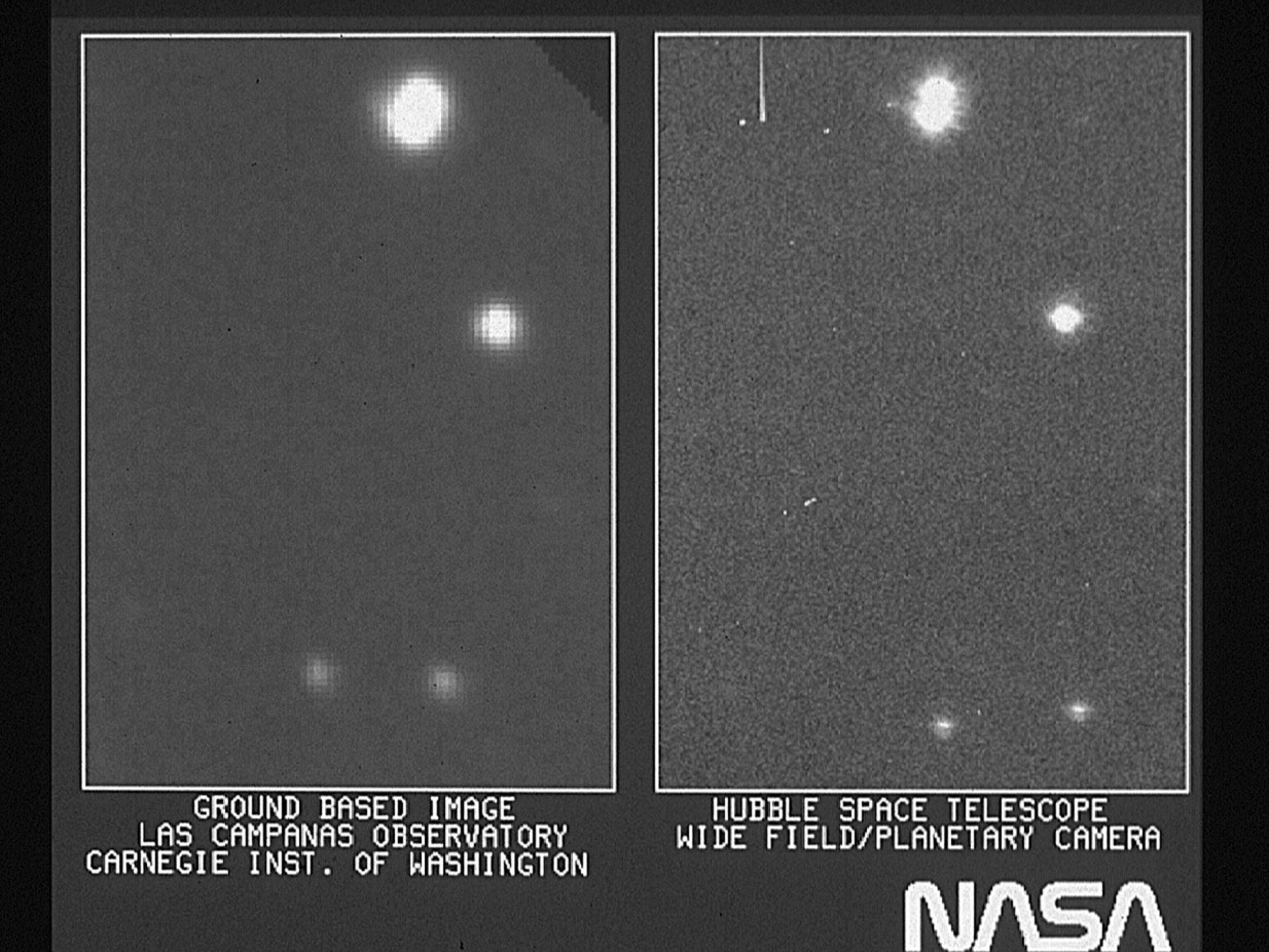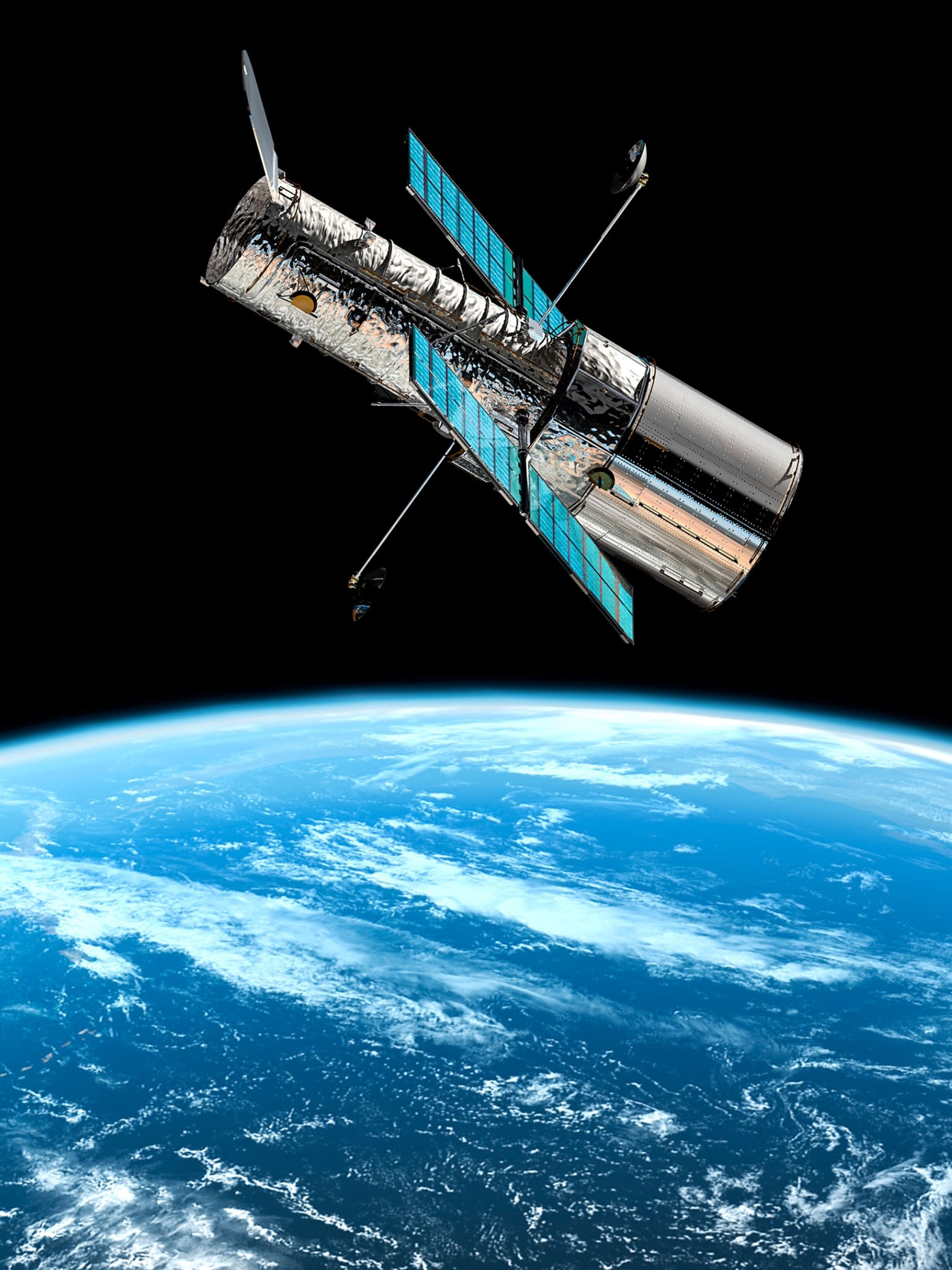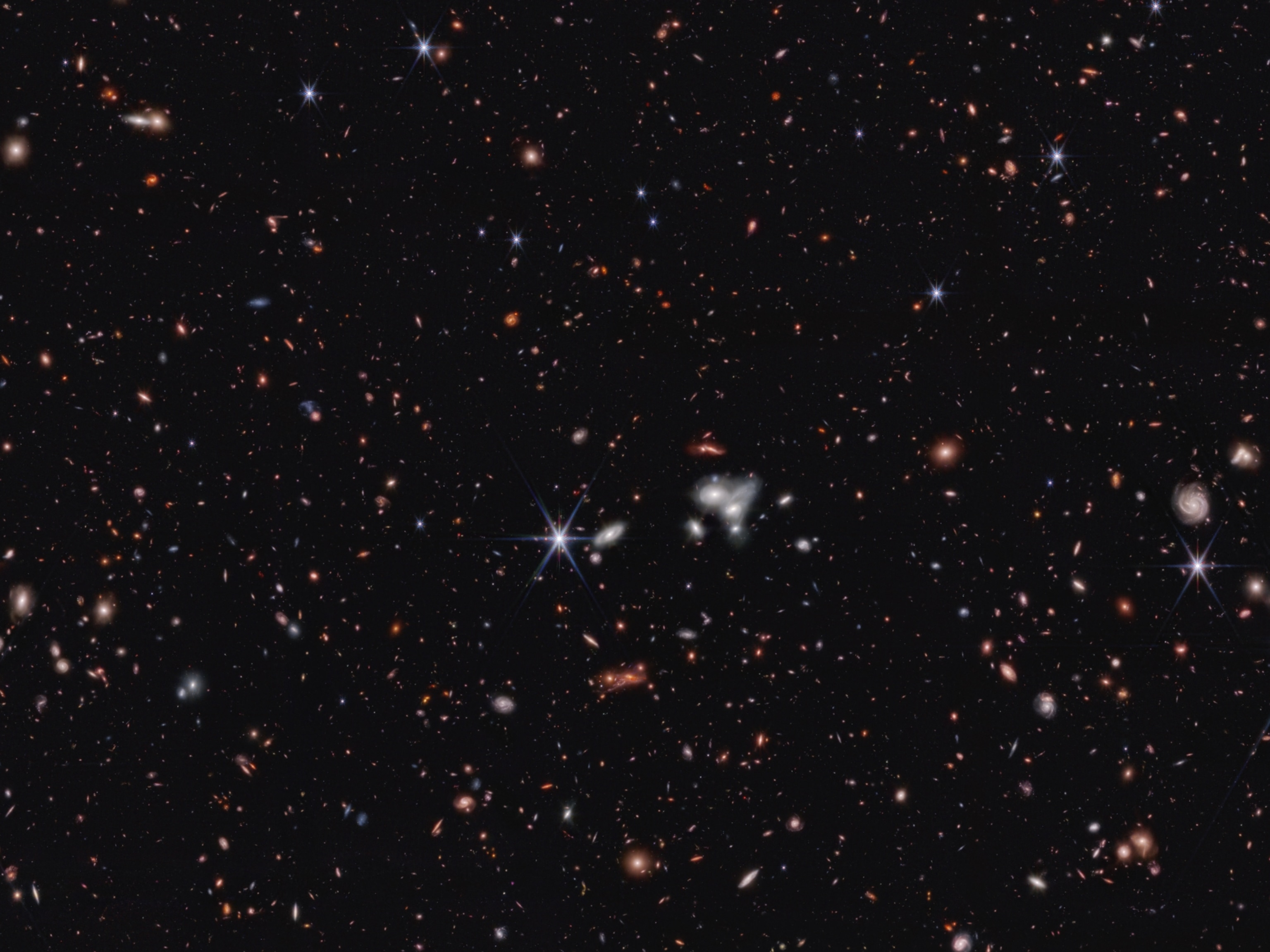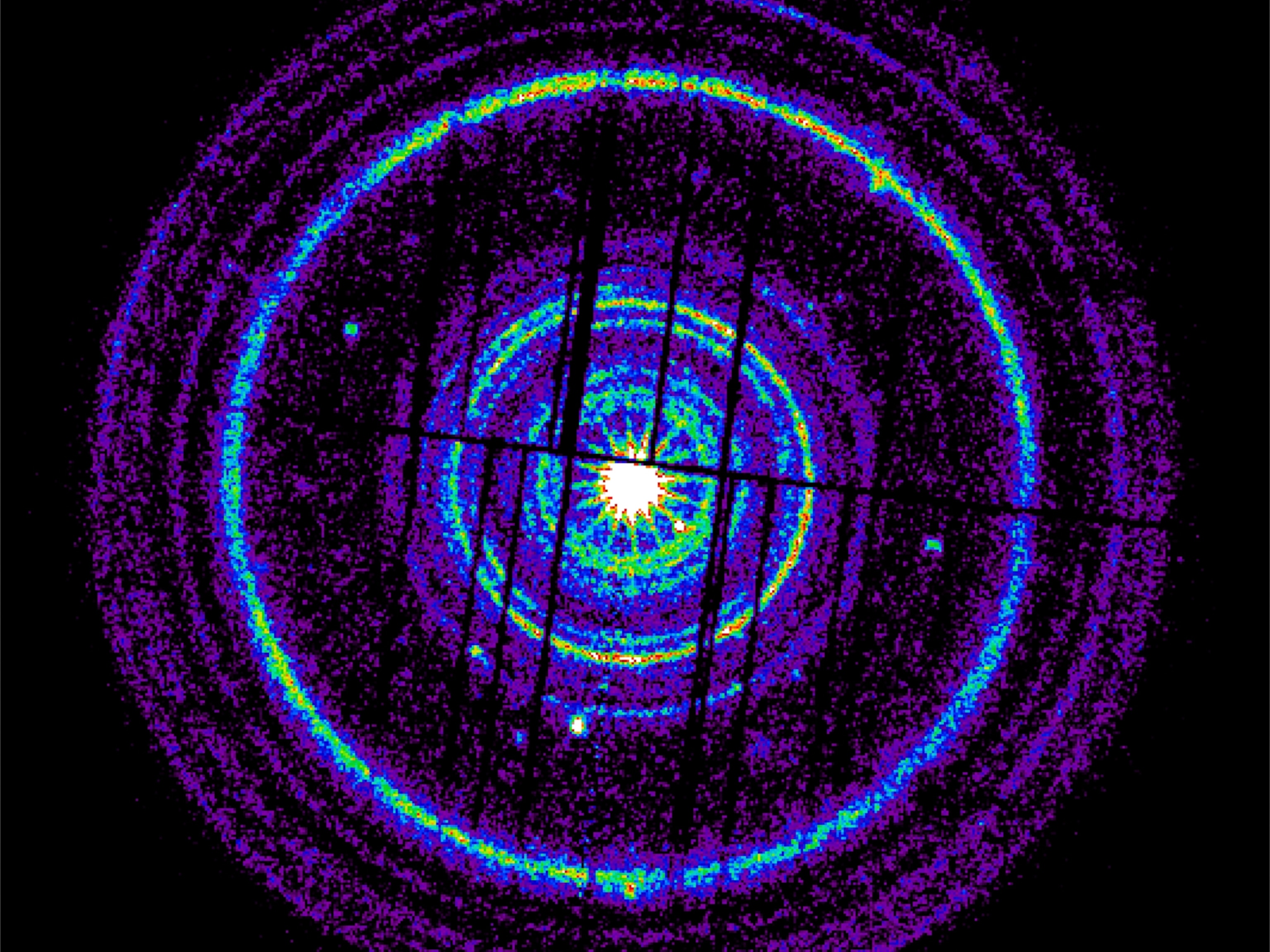
In 1990 NASA and the European Space Agency launched a telescope designed to peer deep into the universe. Above Earth’s atmosphere, the satellite would see without distortions from air, light, and pollution. Scientists said it would last, at best, for a decade.














Thirty years later, Hubble continues to fascinate. Its famous images have helped astronomers answer some of space’s biggest questions, from How old is the universe? (13.8 billion years old) to Do black holes actually exist? (yes, with frightening ferocity). In 1995 astronomer Bob Williams had a zany idea: What if NASA pointed Hubble at a seeming dark spot in the sky? That yielded the magical discovery that even where the human eye sees nothing, thousands of galaxies exist.

“One of Hubble’s lasting achievements will be how it showed the public the wonders of the universe,” says Kenneth Sembach, director of the Space Telescope Science Institute, which oversees Hubble’s science program.
Next year NASA plans to launch the more sensitive James Webb Space Telescope—but Hubble’s not done yet. Together, the two will craft an even more complex portrait of the universe and look for answers to a question that never gets old: What else is out there?
You May Also Like
Go Further
Animals
- We finally know how cockroaches conquered the worldWe finally know how cockroaches conquered the world
- Move over, honeybees—America's 4,000 native bees need a day in the sunMove over, honeybees—America's 4,000 native bees need a day in the sun
- Surveillance Safari: Crowdsourcing an anti-poaching movement in South Africa
- Paid Content
Surveillance Safari: Crowdsourcing an anti-poaching movement in South Africa - Fireflies are nature’s light show at this West Virginia state parkFireflies are nature’s light show at this West Virginia state park
- These are the weird reasons octopuses change shape and colorThese are the weird reasons octopuses change shape and color
Environment
- Wildlife wonders: connecting a new generation with South Africa’s iconic species
- Paid Content
Wildlife wonders: connecting a new generation with South Africa’s iconic species - These images will help you see coral reefs in a whole new wayThese images will help you see coral reefs in a whole new way
- What rising temperatures in the Gulf of Maine mean for wildlifeWhat rising temperatures in the Gulf of Maine mean for wildlife
- He’s called ‘omacha,’ a dolphin that transforms into a man. Why?He’s called ‘omacha,’ a dolphin that transforms into a man. Why?
- The northernmost flower living at the top of the worldThe northernmost flower living at the top of the world
History & Culture
- These modern soldiers put Bronze Age armor to the test–how did it hold up?These modern soldiers put Bronze Age armor to the test–how did it hold up?
- Should couples normalize sleeping in separate beds?Should couples normalize sleeping in separate beds?
- They were rock stars of paleontology—and their feud was legendaryThey were rock stars of paleontology—and their feud was legendary
- Scientists find evidence of ancient waterway beside Egypt’s pyramidsScientists find evidence of ancient waterway beside Egypt’s pyramids
Science
- Can a spoonful of honey keep seasonal allergies at bay?Can a spoonful of honey keep seasonal allergies at bay?
- Scientists just dug up a new dinosaur—with tinier arms than a T.RexScientists just dug up a new dinosaur—with tinier arms than a T.Rex
- Why pickleball is so good for your body and your mindWhy pickleball is so good for your body and your mind
- Extreme heat can be deadly – here’s how to know if you’re at riskExtreme heat can be deadly – here’s how to know if you’re at risk
Travel
- For an unexpected wellness break, head to the Dolomites' Alpe di SiusiFor an unexpected wellness break, head to the Dolomites' Alpe di Siusi
- The ‘Yosemite of South America’ is an adventure playgroundThe ‘Yosemite of South America’ is an adventure playground
- These farmers make it possible for hikers to access Alpine trailsThese farmers make it possible for hikers to access Alpine trails





